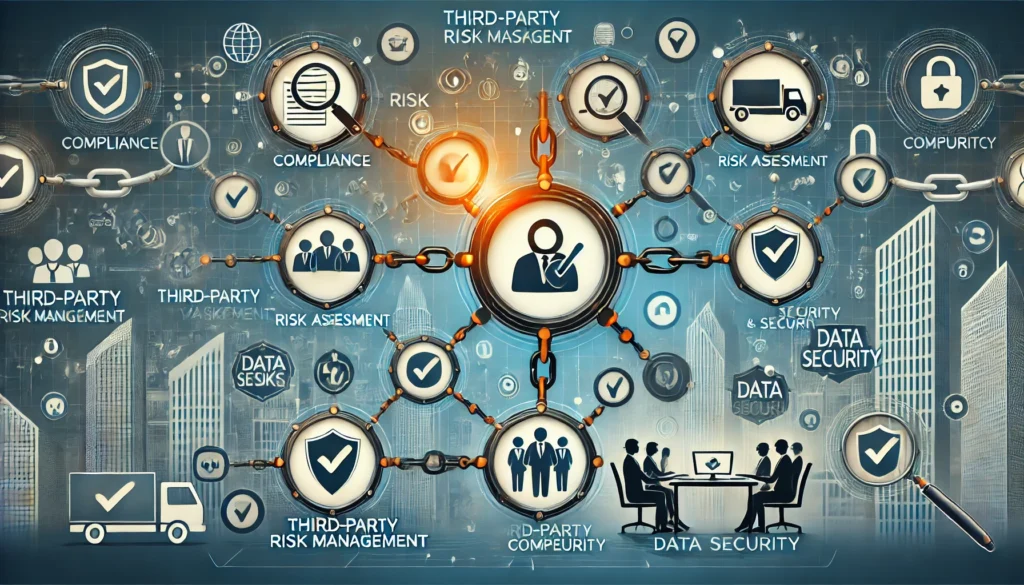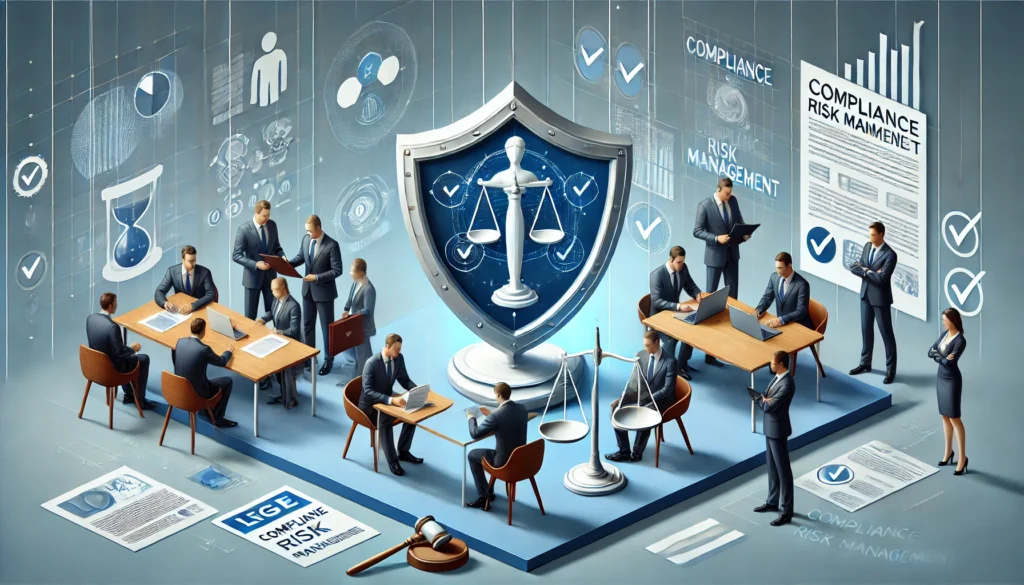How to Integrate ESG into Risk Management
Introduction Environmental, Social, and Governance (ESG) factors have become critical considerations for organizations aiming to manage risks and enhance long-term sustainability. Integrating ESG into risk management helps businesses address a broader range of risks—from climate change and resource scarcity to social inequality and governance failures. By embedding ESG into your risk management framework, you can […]










